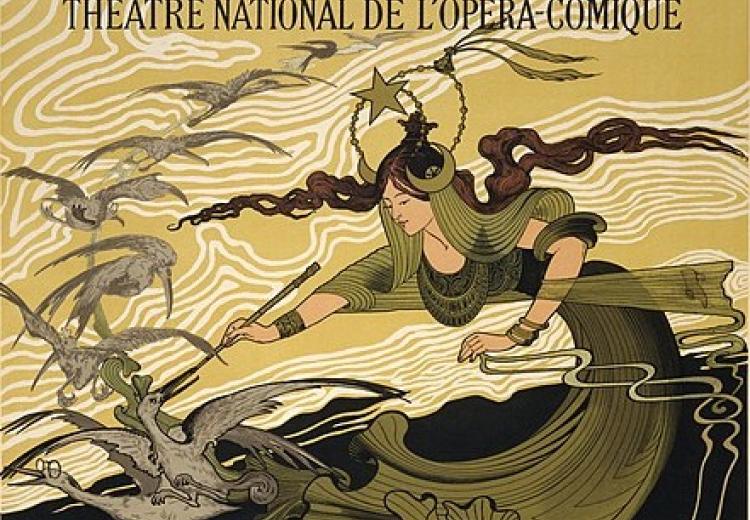"Cinderella" Folk Tales: Variations in Plot and Setting

Émile Bertrand's poster for Jules Massenet's Cendrillon, advertising the première performance at the Théâtre National de l'Opéra-Comique, Paris in 1899.
Perhaps it's because feeling like the poor, downtrodden sibling is relatable. Or maybe it is because we yearn for something more and believe we can achieve it despite what others think and do. Of course, a both/and explanation is also possible. Whatever the reason, something about the Cinderella story resonates with audiences around the world. Five hundred versions of the tale have been found in Europe alone; related stories are told in cultures all over the globe. In America as well, the classic tale, re-envisioned in print and other media, continues to be popular. What changes does the Cinderella story undergo when it's transported from one culture to another? What remains the same? Why do we love the character of Cinderella so much more than her own stepmother does?
Note: This lesson may be taught either as a stand-alone lesson or as a prequel to the complementary EDSITEment lesson Cinderella Folk Tales: Variations in Character, which concentrates on variability of character among Cinderella tales.
Guiding Questions
How do the plot and setting of Cinderella change as it is translated into a different culture?
What literary elements of the Cinderella story are universal?
Learning Objectives
Identify plot and character traits in the story of Cinderella.
Compare a conventional telling of Cinderella with adaptations written in various places and times around the world.
Create an original version of Cinderella that takes into account, place, time, culture, language, and environment.
